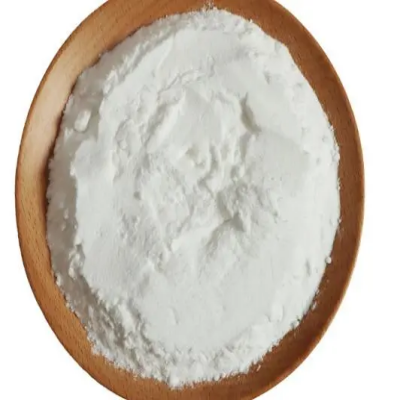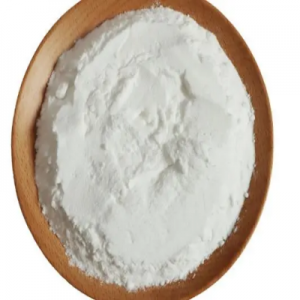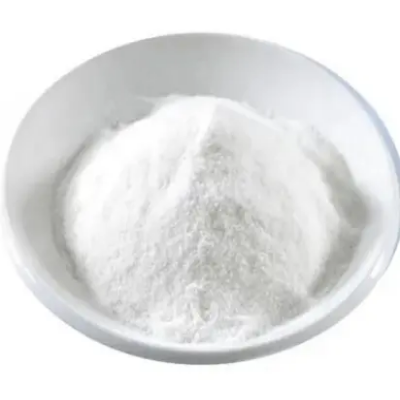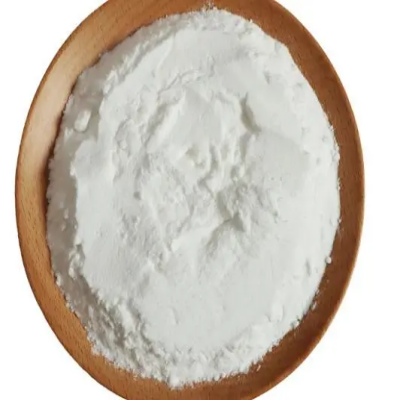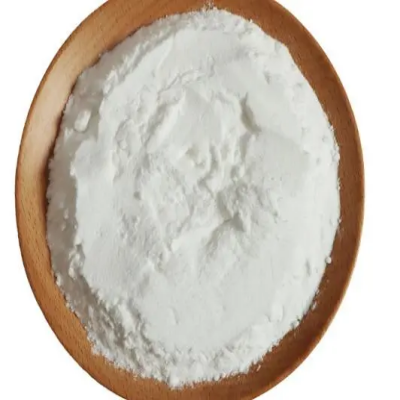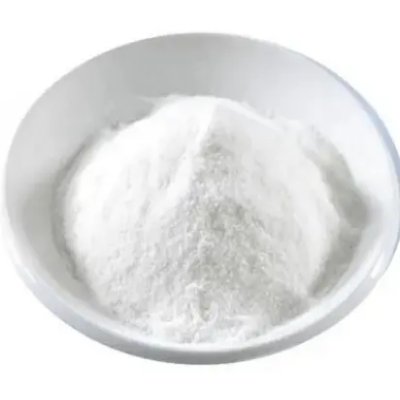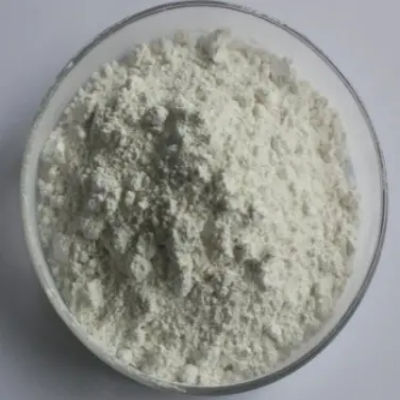(4R,6R)-t-Butyl-6-(2-aminoethyl)-2,2-dimethyl-1,3-dioxane-4-acetate CAS:125995-13-3
The chemical structure of (4R,6R)-t-Butyl-6-(2-aminoethyl)-2,2-dimethyl-1,3-dioxane-4-acetate presents opportunities for various applications in pharmaceutical research and drug development. With its unique chirality and functional groups, this compound may serve as a valuable building block for synthesizing bioactive molecules or drug candidates targeting specific biological pathways. In medicinal chemistry, researchers can leverage the structural features of (4R,6R)-t-Butyl-6-(2-aminoethyl)-2,2-dimethyl-1,3-dioxane-4-acetate to design small molecules with potential pharmacological activities. The presence of the aminoethyl side chain offers the opportunity to interact with protein targets or receptors, modulating their functions and contributing to therapeutic effects. Moreover, the dioxane ring and acetate moiety in the compound's structure provide options for structural modifications and derivatizations to enhance its biological properties or drug-like characteristics. By exploring different synthetic routes and molecular optimizations, scientists can develop analogs or derivatives of (4R,6R)-t-Butyl-6-(2-aminoethyl)-2,2-dimethyl-1,3-dioxane-4-acetate with improved potency, selectivity, or pharmacokinetic profiles. The t-butyl group in the molecule confers steric hindrance and can influence the compound's interactions with biological targets, affecting its pharmacodynamic properties. Through structure-activity relationship studies and biological evaluations, researchers can uncover the potential therapeutic benefits of (4R,6R)-t-Butyl-6-(2-aminoethyl)-2,2-dimethyl-1,3-dioxane-4-acetate and its derivatives in various disease models or preclinical studies. In conclusion, (4R,6R)-t-Butyl-6-(2-aminoethyl)-2,2-dimethyl-1,3-dioxane-4-acetate holds promise as a versatile scaffold in drug discovery and development efforts. Its structural complexity and chiral nature offer avenues for designing novel pharmaceutical agents with specific biological activities and therapeutic benefits. By harnessing the chemical properties of this compound, researchers can advance the exploration of potential drug candidates for addressing unmet medical needs and enhancing healthcare outcomes.



| Composition | C14H27NO4 |
| Assay | 99% |
| Appearance | white powder |
| CAS No. | 125995-13-3 |
| Packing | Small and bulk |
| Shelf Life | 2 years |
| Storage | Store in cool and dry area |
| Certification | ISO. |


